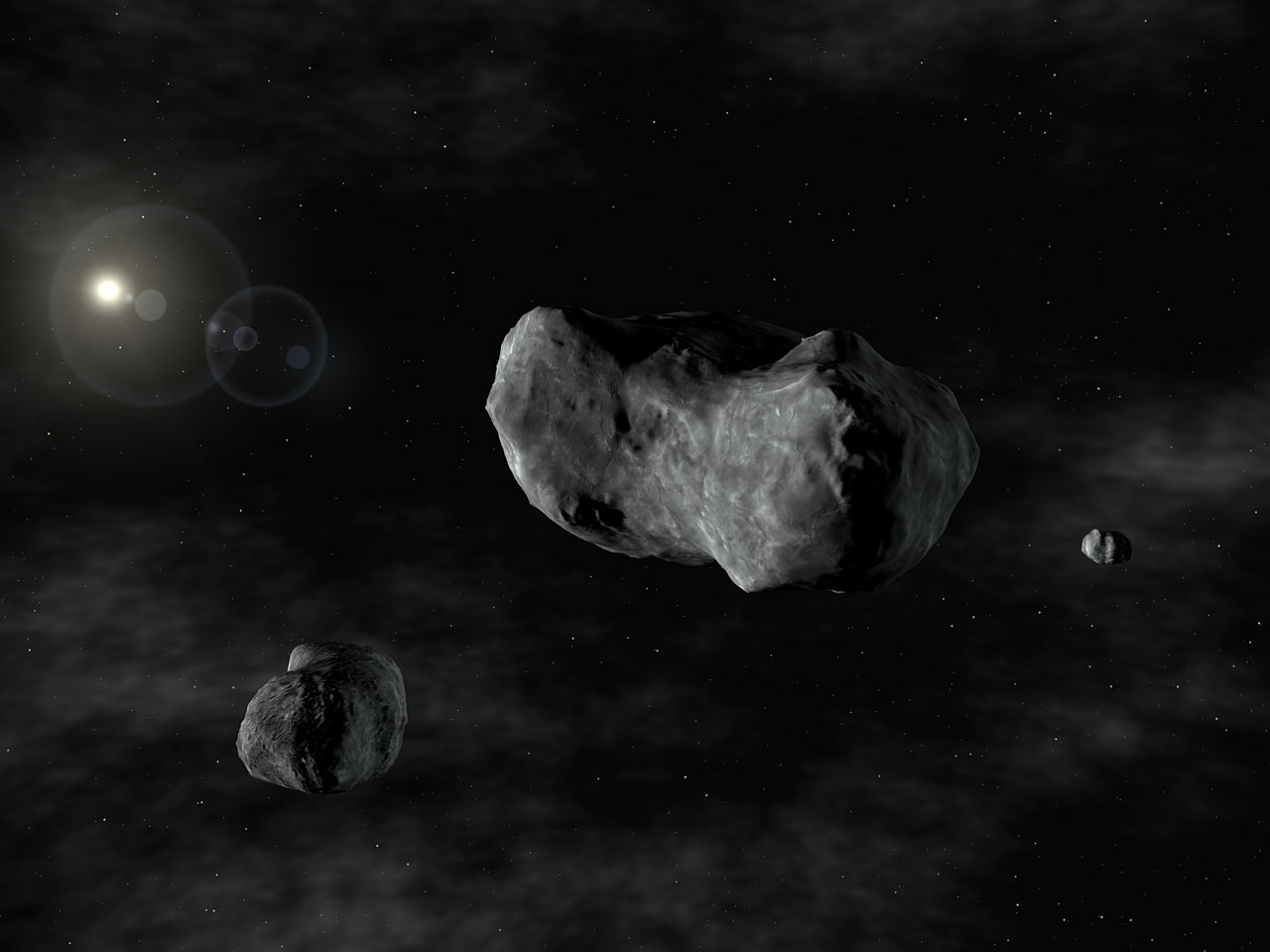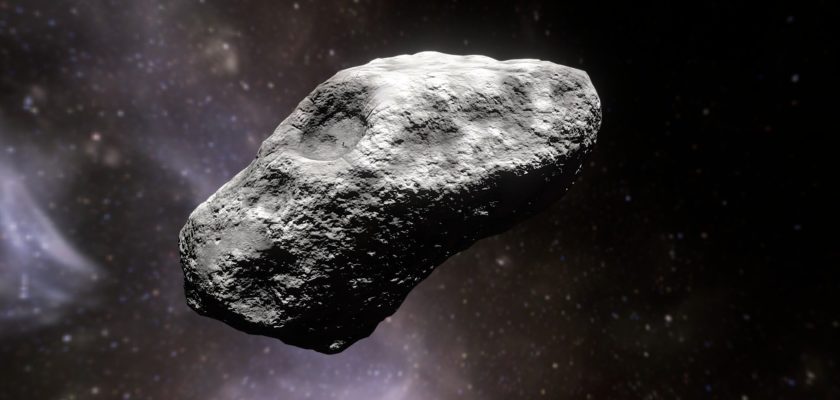Space is a vast and mysterious place, with many surprising discoveries to be made. One of the most interesting objects are asteroids, which are small, rocky bodies that can range from a few kilometers in diameter to hundreds of kilometers. In this article, we’ll explore the 7 largest asteroids discovered so far.
704 Interamnia
Diameter: 206 miles (332 km)
704 Interamnia is one of the biggest asteroids discovered in the Solar System. It is located in the main asteroid belt between the orbits of Mars and Jupiter. The asteroid measures around 206 miles (332 km) in diameter and has a mass estimated at 1.72 × 10^20 kg. It was discovered by Italian astronomer Vincenzo Cerulli in 1906. Its orbit is highly eccentric and it has an average orbital speed of 15.0 km/s. It is also a relatively dark object with an albedo of 0.06.
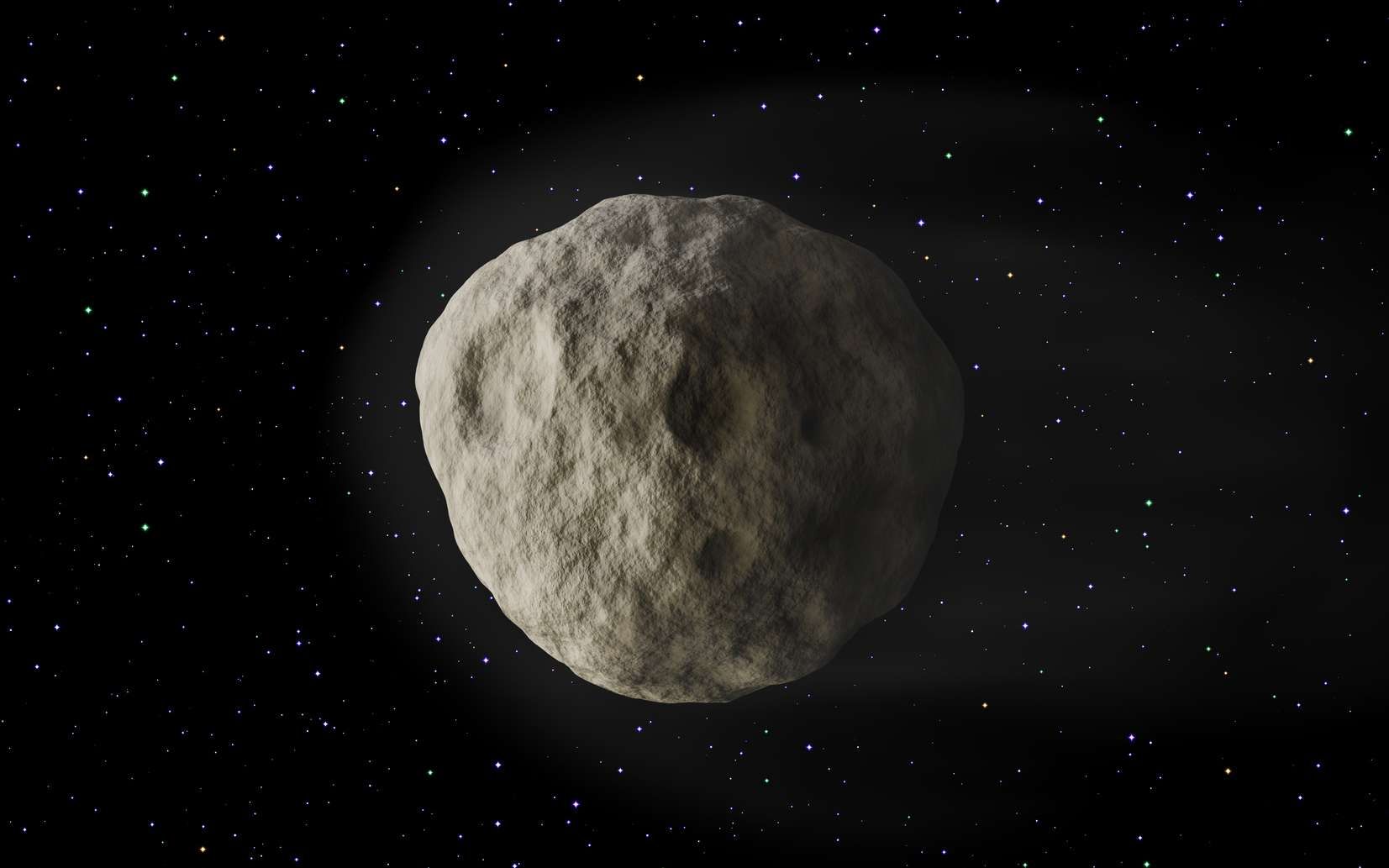
10 Hygiea
Diameter: 269 miles (433 km)
Hygiea is the fourth largest asteroid in our Solar System, located in the main asteroid belt between Mars and Jupiter. It has a diameter of approximately 269 miles (433 km), making it the 10th largest asteroid discovered. Hygiea is a primitive carbonaceous asteroid and is thought to be the largest main-belt object that is nearly spherical in shape. It was discovered in 1910 by the Italian astronomer Annibale de Gasparis. Hygiea is composed of a mixture of rock and ice. It is believed to contain several times the mass of all the other asteroids combined.
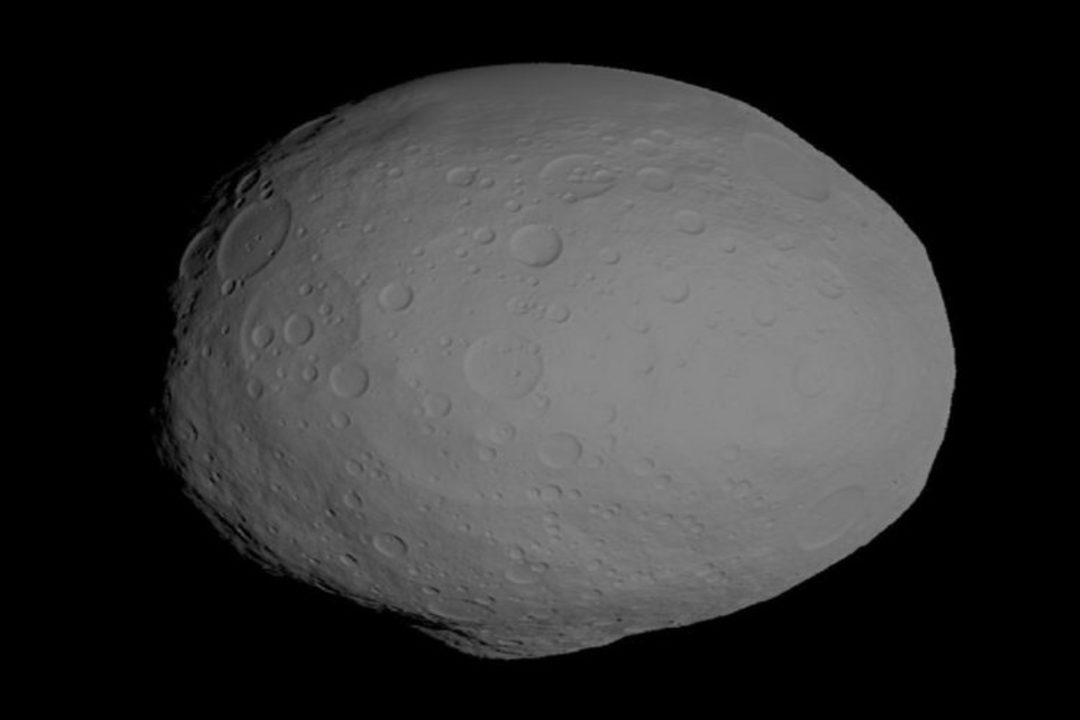
Ceres
Diameter: 590 miles (950 km)
Discovered in 1801, 1 Ceres is the largest and most massive of the asteroids in our Solar System, with an estimated diameter of 590 miles (950 km) and a mass of 9.5 x 10^20 kg. It is the only dwarf planet in the asteroid belt and is the only object in the belt that is known to be round due to its own gravity. 1 Ceres is composed mostly of rock and ice, with an outer layer of dark material that may be organic compounds. Its surface is heavily cratered, with some areas of bright material, likely due to ice or salts. It is believed to have an icy mantle and possibly an internal ocean beneath its surface.
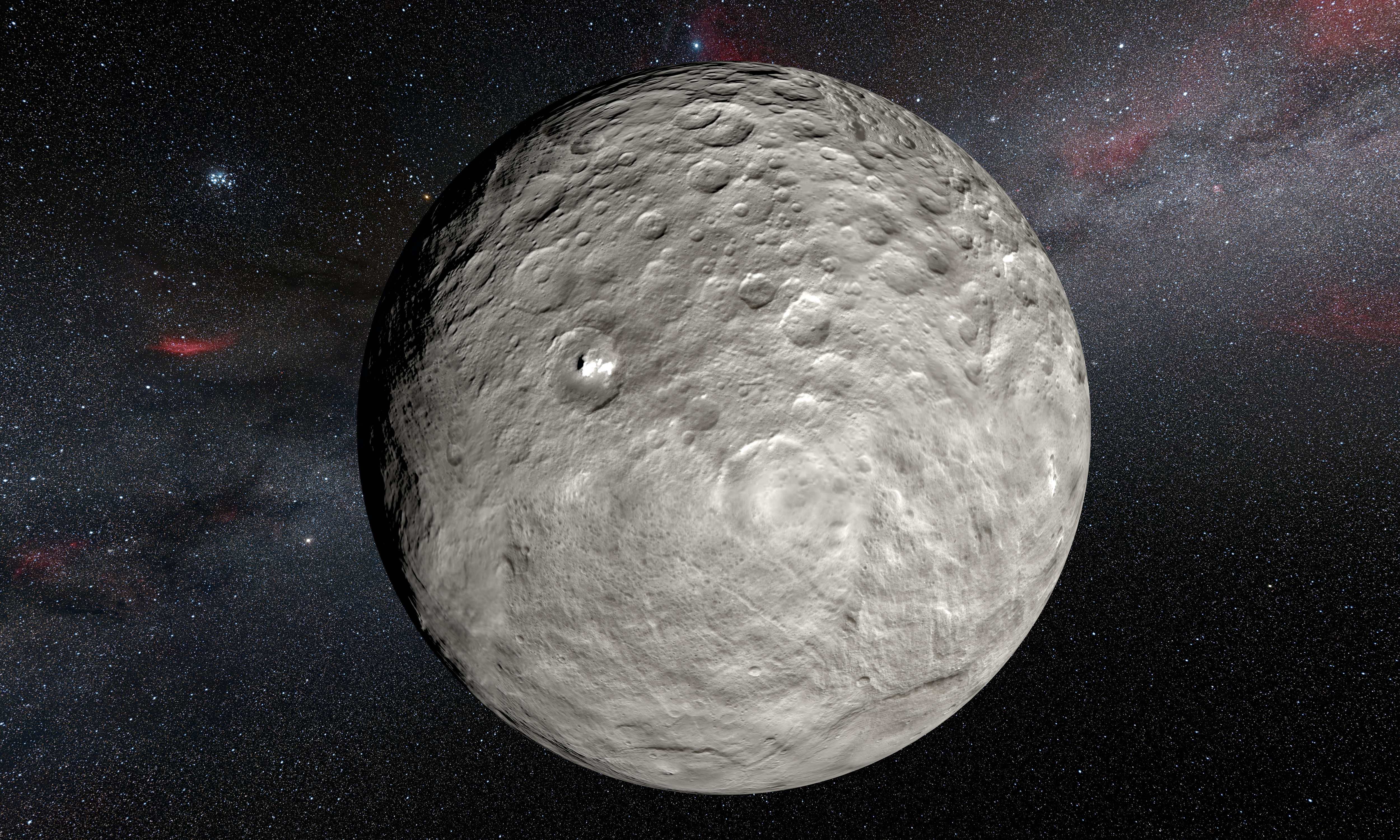
2 Pallas
Diameter: 317 miles (511 kilometers)
Discovered in 1802, 2 Pallas is one of the largest asteroids in the asteroid belt. It is believed to be the third largest in the asteroid belt, and the second most massive. It is an B-type asteroid, which is composed of silicate rocks and metals. The asteroid is roughly estimated to have a diameter of 317 miles (511 kilometers), making it the third largest object in the asteroid belt. 2 Pallas has an eccentric orbit, which means it follows an elliptical path around the sun. It has an orbital period of 4.6 years and a perihelion of 2.1 AU. 2 Pallas has a low albedo, which means the surface is dark and absorbs more sunlight than it reflects.
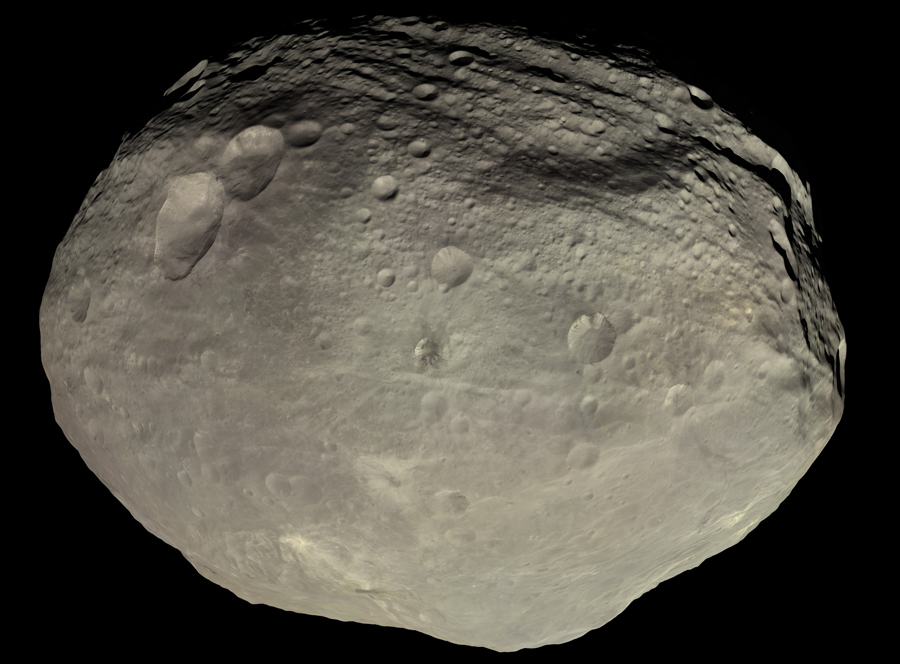
511 Davida
Diameter: 186 miles (298 kilometers)
Discovered in 1903, 511 Davida is one of the largest asteroids in the Solar System, measuring approximately 186 miles (298 kilometers) in diameter. Its orbit is located in the main asteroid belt between Mars and Jupiter, with a semi-major axis of 3.09 AU and an orbital period of 5.0 years. It is classified as a C-type asteroid, meaning that its surface is composed of carbonaceous material. 511 Davida has a high albedo of 0.14, which suggests it is covered in a layer of dust and dirt. It is also one of the few asteroids to have been observed from Earth.
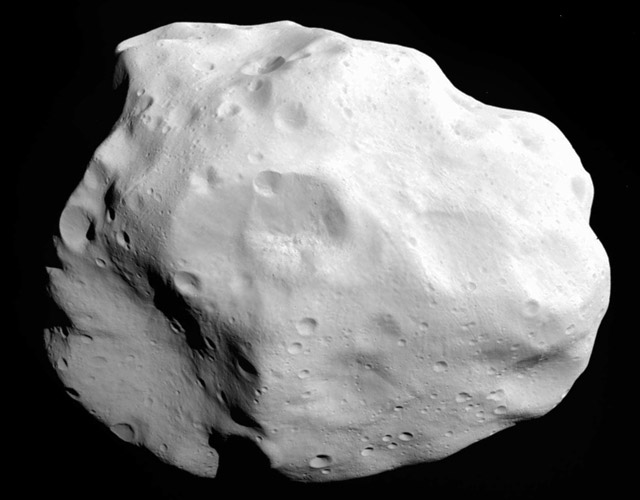
4 Vesta
Diameter: 326 miles (525 km)
Discovered in 1807 by German astronomer Heinrich Wilhelm Olbers, 4 Vesta is one of the largest asteroids in the Solar System. Measuring approximately 326 miles (525 km) in diameter, it is the second-most-massive object in the asteroid belt after Ceres. With its high albedo, 4 Vesta is one of the brightest asteroids in the sky. Its surface is heavily cratered and has an ancient appearance.
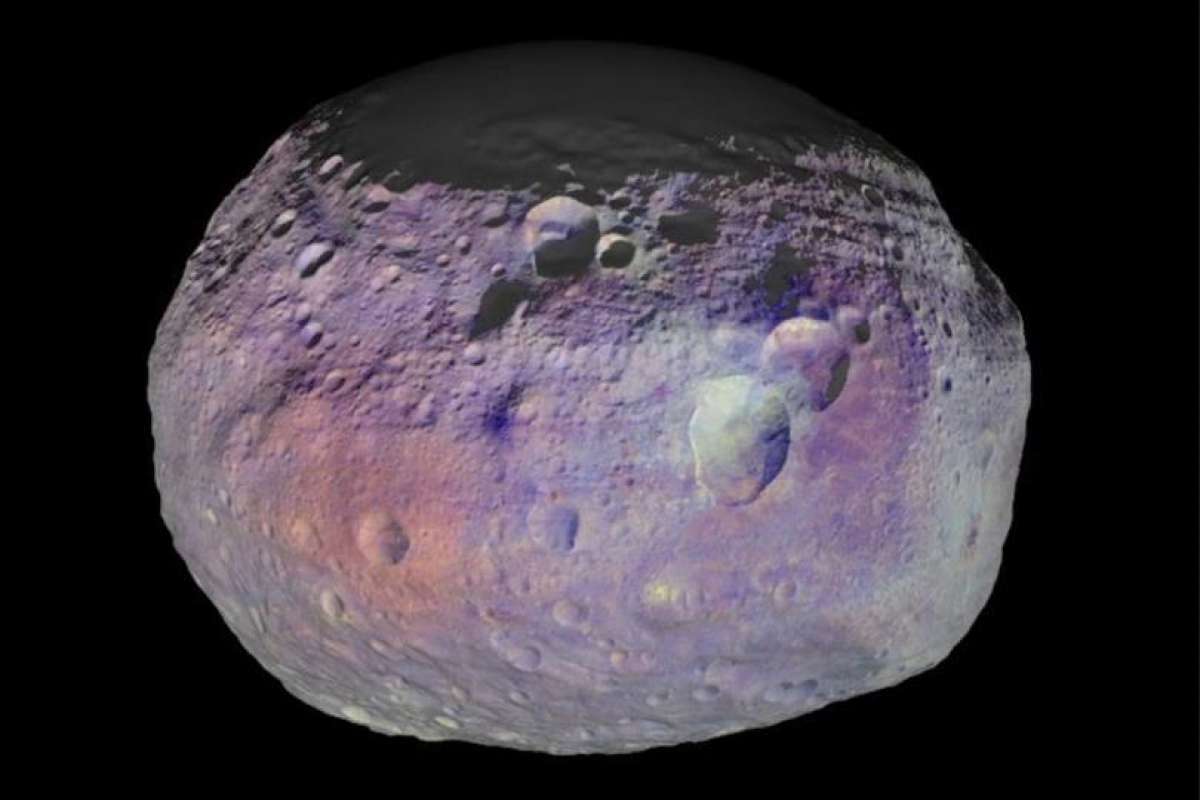
87 Sylvia
Diameter: 170 miles (275 km)
Discovered in 1866, 87 Sylvia is one of the largest asteroids in the solar system. Measuring approximately 170 miles (275 km) in diameter, it is located in the outer asteroid belt, orbiting between Mars and Jupiter. It is also one of the most studied asteroids due to its large size and relative proximity to Earth. 87 Sylvia has a dark, primitive surface that reflects only about 7% of the sunlight it receives, making it one of the darkest asteroids known. It is also home to a large family of satellites, including two moons, Romulus and Remus, and a number of smaller bodies in orbit around it.
